Passover is the “Passing By” Feast
On the Origin of Easter
The undeniable truth is that for Christianity Jesus is the personification of the central sun of our solar system. Perceived from the northern hemisphere, and particularly from between the latitudes of the Tropic of Cancer and the Arctic Circle, the celestial arc-shape path of our Light Bringer becomes in the fall each day a little smaller. But on (about) December 21, this daily shrinkage comes to stand still. In other words, the daily changing in the size of the Risen Savior’s arc has then stopped, or “died”. However, after three natural days, in which the nights lasted the longest of the year, this heavenly motion comes back to life again, starting with the sunrise on December 25. We celebrate this annual rebirth of Jesus with the Light Feast as a continuation of the Germanic Midwinter Festival.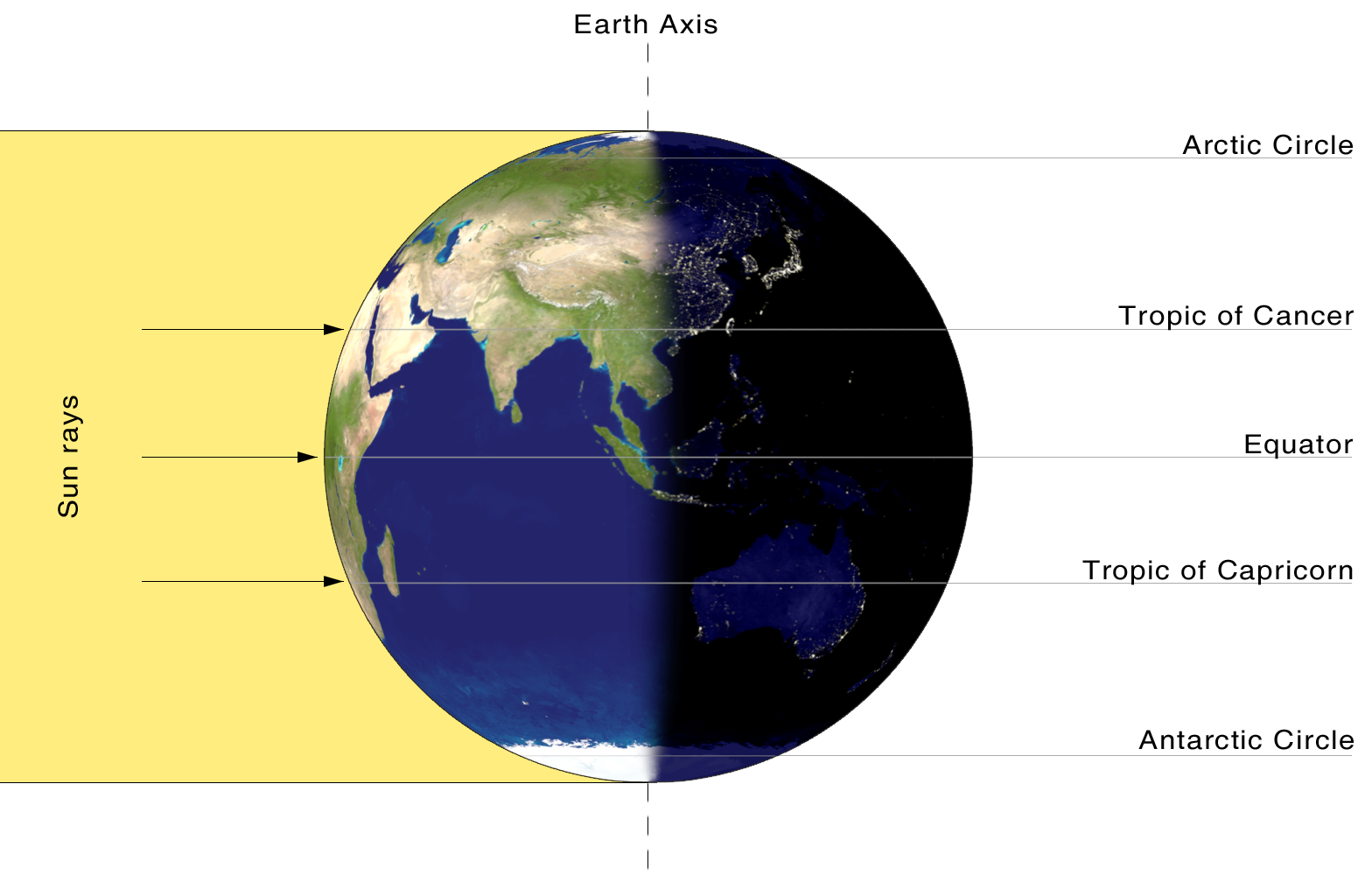
As the Roman deceivers want this to be hidden from the uninitiated, they moved Jesus’ day of death from December 21st to “Good Friday”, that is, the Friday before Easter, which is today. Furthermore, they changed the meaning of this Passover to the resurrection of the Savior, which in reality occurs every year on December 25th.
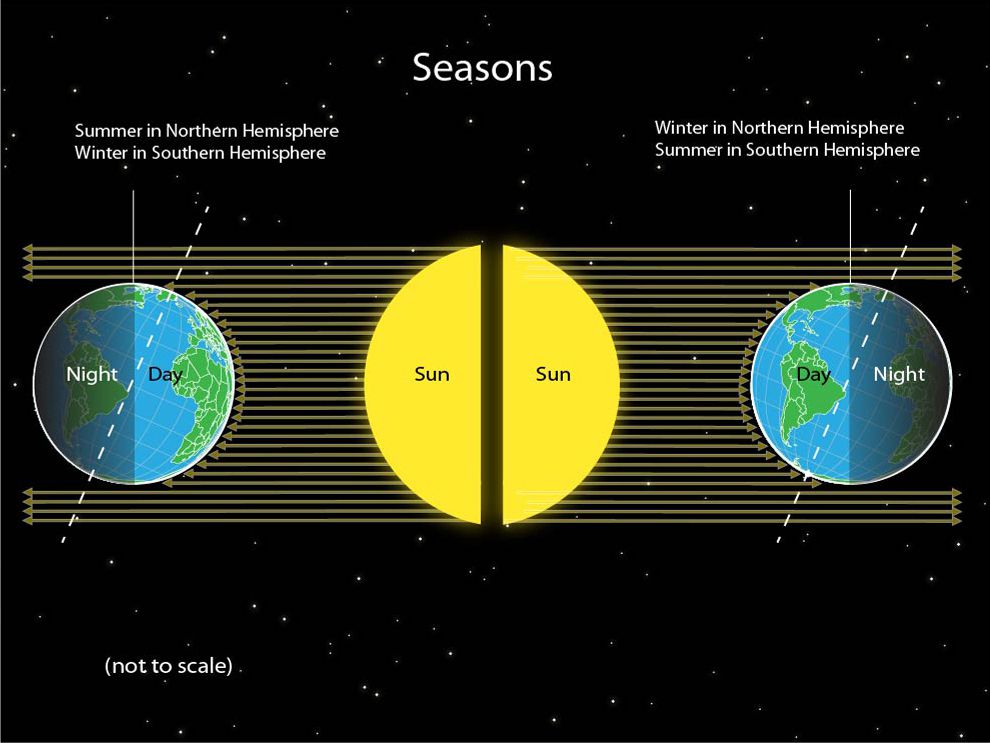
Just like Christmas, also the Passover is originally a Germanic feast. As we celebrate during the Midwinter Feast our survival of the year’s darkest part, we celebrate during the Eostre Festival the fact that within a natural day the day time period has again become longer than the night time period. In other words, the light of the day has again overtaken or passed by the darkness of the night. The official version of the origin of the name “Passover” tries to fool us by pointing to the Hebrew word “Pesach”, but that is like putting the world upside down. In reality, the name “Passover” originates from the old Germanic verb for ‘passing by’. Somehow ‘passing by’ and ‘taking over’ merged into “Passover”. Another myth is that the name “Easter” is referring to the East. This is nonsense, as it is derived from the Old English “Eostre”. Actually, it is all quite straightforward, only by examining these names.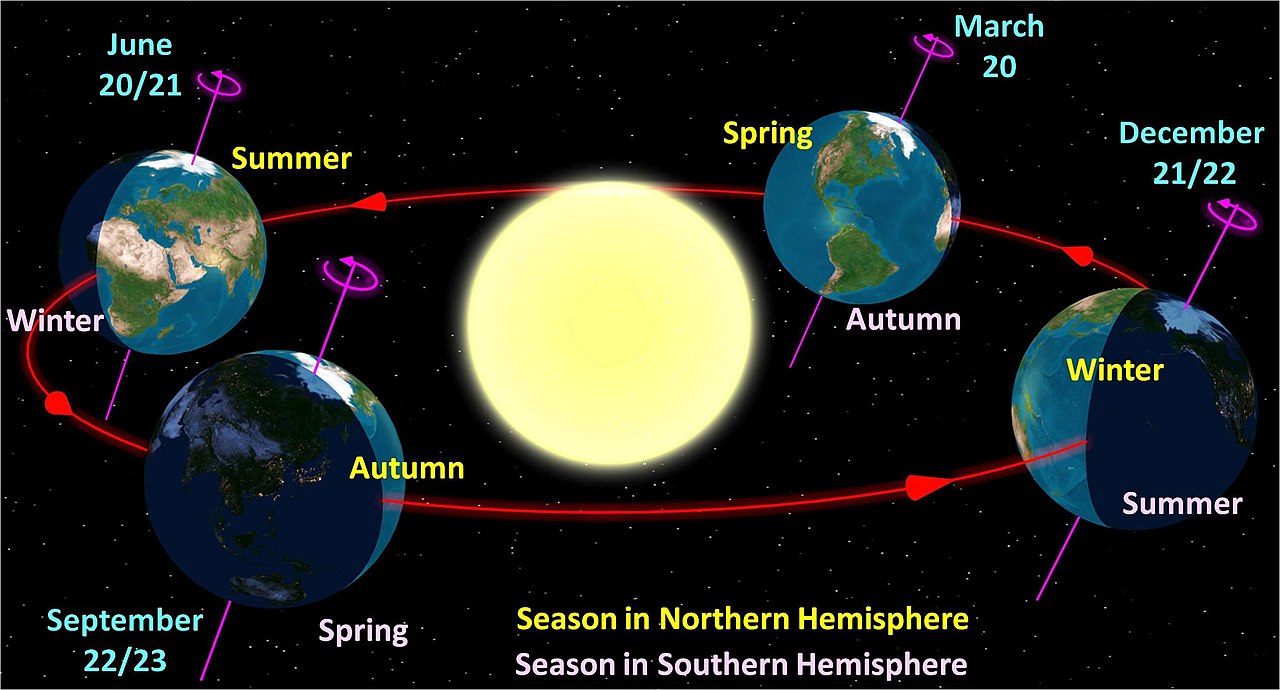
This (long) weekend, we celebrate the fact that the daily lighter period has taken over or passed by the nightly darker period. In other words, the entire period of natural day is again ruled by Light, and no longer by Darkness. We can also examine the way we still use the verb ‘pass’ in our contemporary language. For instance, we pass a deed. After this deed is passed, the previous owner passed it on to the following one. Similarly, we also pass a ball from the previous player to the next in various ball sports.
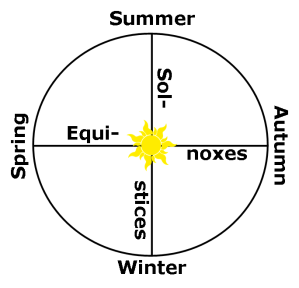 When we imagine a full year as a circle, then the straight lines that connect the starting points of opposing seasons form a cross within that circle. This is the true Cross of Jesus, as shown in the figure on the right-hand side. Opposite to the beginning of winter on (about) December 21st lies on this circle the beginning of summer on (about) June 21st. These two points are called ‘solstices’ from solstitium in Latin, literally meaning ‘solar standstill’. However, it is not the standing still of the Light Bringer, but the standstill of the daily growing (or shrinking) of its arc-like path. Likewise, opposite to the beginning of spring on (about) March 21st lies on this circle the beginning of autumn on (about) September 23rd. These two points are called equinoxes from aequinoctium in Latin, literally meaning ‘night getting even’ (with day). On these two days a year, the nocturnal darker period and the diurnal lighter period indeed get even.
When we imagine a full year as a circle, then the straight lines that connect the starting points of opposing seasons form a cross within that circle. This is the true Cross of Jesus, as shown in the figure on the right-hand side. Opposite to the beginning of winter on (about) December 21st lies on this circle the beginning of summer on (about) June 21st. These two points are called ‘solstices’ from solstitium in Latin, literally meaning ‘solar standstill’. However, it is not the standing still of the Light Bringer, but the standstill of the daily growing (or shrinking) of its arc-like path. Likewise, opposite to the beginning of spring on (about) March 21st lies on this circle the beginning of autumn on (about) September 23rd. These two points are called equinoxes from aequinoctium in Latin, literally meaning ‘night getting even’ (with day). On these two days a year, the nocturnal darker period and the diurnal lighter period indeed get even.
Furthermore, in case you want to learn more about the original Germanic holidays, then study the Germanic Moon Calendar.
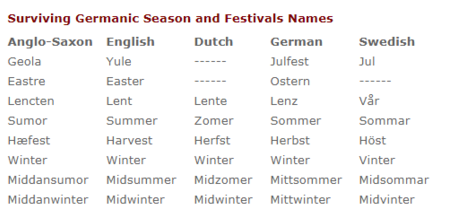
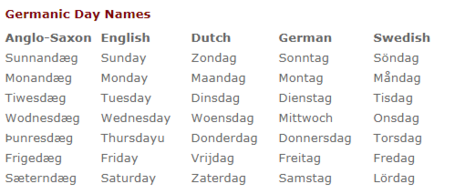
Resurrection and the Feminine Divine
The Christian holiday of Easter is the archetypal summit of the year, where rebirth and
resurrection are venerated in the mystery of Jesus Christ’s awakening from the tomb. In Christian orthodoxy, Easter is known as pascha, the Greek and Latin term referring to the Jewish Passover.
The Apostle Paul uses this word as a title for Christ, “For Christ our Passover lamb [pascha], has been sacrificed” (1 Cor. 5.7). By the end of the first century CE early Christians had reinterpreted the Exodus story and the Passover ritual as a prototype for the sacrifice of Christ.
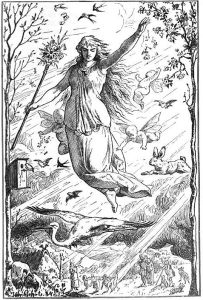 The word “Easter” itself, however, is Old English, from Eastre or Eostre, a title derived from an old English month now known as April. Christian Easter is celebrated on the first Sabbath after the first full moon after the spring equinox. This holy-specific day most often occurs in April and is representative of the most fertile time of the year, when sun, moon, and earth are all in their phases of rebirth and awakening. Easter is therefore the day of resurrection, in heaven and on earth. And this heaven-earth relationship is only an archetypal symbol for the heaven-earth awakening that occurs in the soul of God, or in the spirit and breath of each mortal man and woman. In Christian rite and belief, every soul will arise like the sun, moon, and earth, to a new immortal dwelling.
The word “Easter” itself, however, is Old English, from Eastre or Eostre, a title derived from an old English month now known as April. Christian Easter is celebrated on the first Sabbath after the first full moon after the spring equinox. This holy-specific day most often occurs in April and is representative of the most fertile time of the year, when sun, moon, and earth are all in their phases of rebirth and awakening. Easter is therefore the day of resurrection, in heaven and on earth. And this heaven-earth relationship is only an archetypal symbol for the heaven-earth awakening that occurs in the soul of God, or in the spirit and breath of each mortal man and woman. In Christian rite and belief, every soul will arise like the sun, moon, and earth, to a new immortal dwelling.
Despite this traditional context, historically, Easter had feminine roots. Significantly, the old English month of Eostre was itself named after a goddess whose rites of rebirth were celebrated at the same time among the early inhabitants of Britain and Northern Europe. Eostre was a Germanic goddess whose name is cognate with the Proto-Germanic austrôn, meaning dawn or to shine. This deity belongs to a long line of female divinities who are goddesses of the dawn, and are found in various forms throughout Indo-European cultures as beings who bring light and life to the world. For thousands of years before Christianity the divine being who brought forth resurrection was represented as a goddess. Inanna, Isis, Rhea, Cybele, and Demeter are beings with the divine stewardship over rebirth.
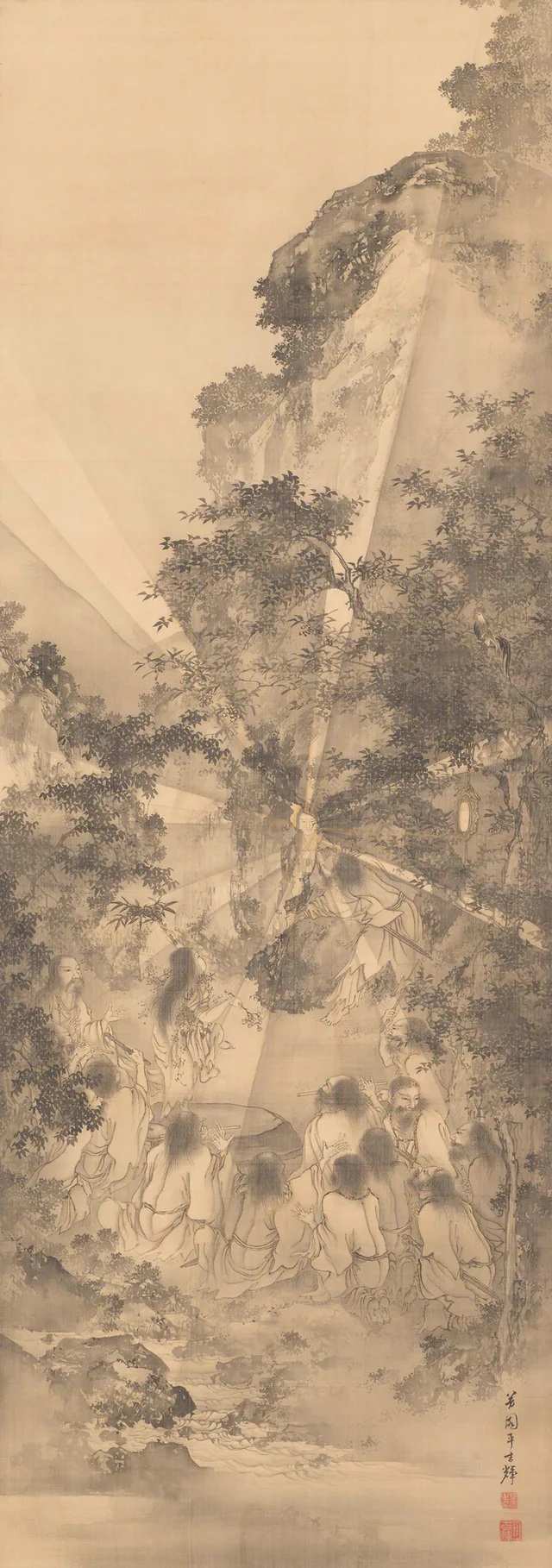 The Japanese Amaterasu is a goddess of the dawn who also brings light and life to the world. While these deities were seen as the powers behind the fertility of all things on earth, they also held stewardship over the mysterious cosmic principle of heavenly life. In the Greco-Roman mystery religions, the revitalization of the initiate was promised via the gifts and boons of the goddess. This should make sense as in fact it is only woman who can bring forth life from her womb. In many respects, the rites of rebirth analogized the tomb with the womb, so that those going into the beyond could be reborn by a Heavenly Mother whose womb was the cosmic precinct of immortality.
The Japanese Amaterasu is a goddess of the dawn who also brings light and life to the world. While these deities were seen as the powers behind the fertility of all things on earth, they also held stewardship over the mysterious cosmic principle of heavenly life. In the Greco-Roman mystery religions, the revitalization of the initiate was promised via the gifts and boons of the goddess. This should make sense as in fact it is only woman who can bring forth life from her womb. In many respects, the rites of rebirth analogized the tomb with the womb, so that those going into the beyond could be reborn by a Heavenly Mother whose womb was the cosmic precinct of immortality.

The Goddess in Prehistory
“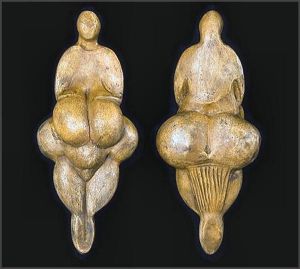 As far back as the Paleolithic Age,” writes Maarten J. Varmaseren, “one finds in the countries around the Mediterranean a goddess who is universally worshiped as the Mighty Mother” . From 30,000 to 10,000 BCE, adds Joseph Campbell, “the [Goddess] is represented in those now well-known little ‘Venus’ figurines” . A limestone relief found in southwestern France in the Pyrenees is illustrative in this regard. Dating to 25,000 BCE, an engraved Venus image is shown holding a bison horn inscribed with thirteen vertical strokes. This is the number of nights between the first crescent and the full moon .
As far back as the Paleolithic Age,” writes Maarten J. Varmaseren, “one finds in the countries around the Mediterranean a goddess who is universally worshiped as the Mighty Mother” . From 30,000 to 10,000 BCE, adds Joseph Campbell, “the [Goddess] is represented in those now well-known little ‘Venus’ figurines” . A limestone relief found in southwestern France in the Pyrenees is illustrative in this regard. Dating to 25,000 BCE, an engraved Venus image is shown holding a bison horn inscribed with thirteen vertical strokes. This is the number of nights between the first crescent and the full moon .
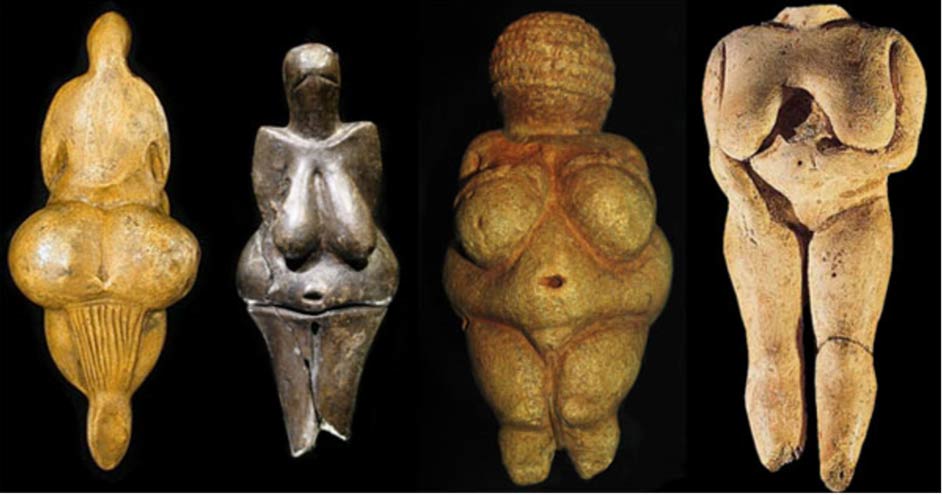
The Goddess figure is holding her swollen belly with her other hand, suggesting that at this early date, the lunar and menstrual cycles were connected, and that the Goddess figure was symbolic of the whole archetypal complex of the feminine divine: life, birth, and death.
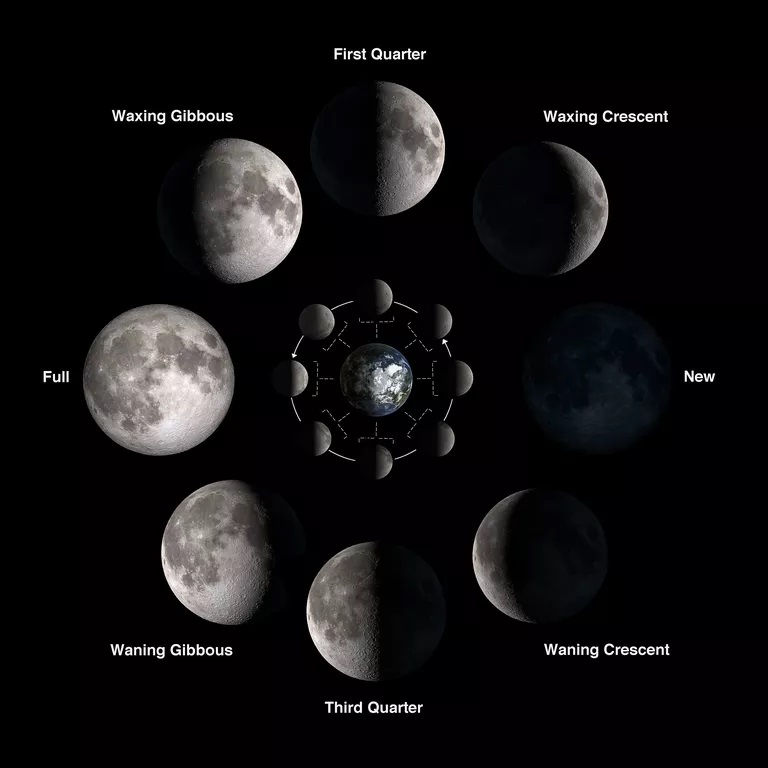
According to Joseph Campbell, the goddess has three functions:
“one, to give us life; two, to be the one who receives us in death; and three, to inspire our spiritual, poetic realization” Read more here



